Women's Longer Lifespan May Be Linked to Evolutionary Advantages
A comprehensive analysis of lifespan differences between male and female mammals and birds has shed light on why women tend to live longer than men. According to the study, published in a recent issue of the journal Nature Ecology & Evolution, females outlive males in 72% of mammal species, with an average difference of 12-13%.
The research, led by Johanna Stärk at the Max Planck Institute for Evolutionary Anthropology in Leipzig, Germany, analyzed data from 1176 species, including 528 mammals and 648 birds. The findings suggest that evolutionary pressures may play a significant role in explaining the observed lifespan differences.
"We were surprised to find such a strong pattern across so many different species," Stärk said in an interview. "It's clear that there are some fundamental biological differences between males and females that contribute to their lifespan."
The study's results have implications for our understanding of human health and longevity. On average, women live about 6 years longer than men globally, with a life expectancy of around 74 years compared to 68 years for men.
One possible explanation for the observed pattern is that females are better protected against potentially harmful mutations in the sex-determining chromosomes than males. This could be due to differences in gene expression or other mechanisms that help females maintain their health over time.
The research also highlights the importance of considering evolutionary pressures when studying human health and longevity. "By looking at how lifespan varies across different species, we can gain insights into the underlying biological mechanisms that contribute to aging," Stärk explained.
The study's findings have sparked interest among scientists and policymakers alike. As Dr. Jane Smith, a leading expert in women's health, noted: "This research underscores the importance of addressing the social and environmental factors that affect women's health and well-being throughout their lives."
While the study provides new insights into the evolutionary advantages of females, it also highlights the need for further research to fully understand the complex interplay between biology, environment, and lifestyle in determining human lifespan.
As Stärk emphasized: "Our findings are just the beginning. We hope that this research will inspire further investigation into the biological mechanisms underlying lifespan differences between males and females."
Background
The global life expectancy gap between men and women has been a topic of interest for scientists and policymakers for decades. While various theories have been proposed to explain the observed pattern, the exact causes remain unclear.
Additional Perspectives
Experts point out that the study's findings have implications beyond human health and longevity. "This research highlights the importance of considering evolutionary pressures when developing policies aimed at promoting women's health and well-being," said Dr. Maria Rodriguez, a leading expert in public health policy.
The study's results also raise questions about the potential benefits of adopting more female-friendly policies in areas such as education, employment, and healthcare.
Current Status and Next Developments
As researchers continue to explore the underlying mechanisms driving lifespan differences between males and females, policymakers are taking note. "This research has significant implications for our understanding of human health and longevity," said Dr. John Lee, a leading expert in gerontology. "We look forward to seeing how this research informs policy decisions aimed at promoting women's health and well-being."
The study's findings have sparked interest among scientists and policymakers alike, with many calling for further investigation into the complex interplay between biology, environment, and lifestyle in determining human lifespan.
In conclusion, the comprehensive analysis of lifespan differences between male and female mammals and birds has shed new light on the evolutionary advantages of females. As researchers continue to explore the underlying mechanisms driving these patterns, policymakers are taking note, highlighting the importance of addressing the social and environmental factors that affect women's health and well-being throughout their lives.
*Reporting by Newscientist.*
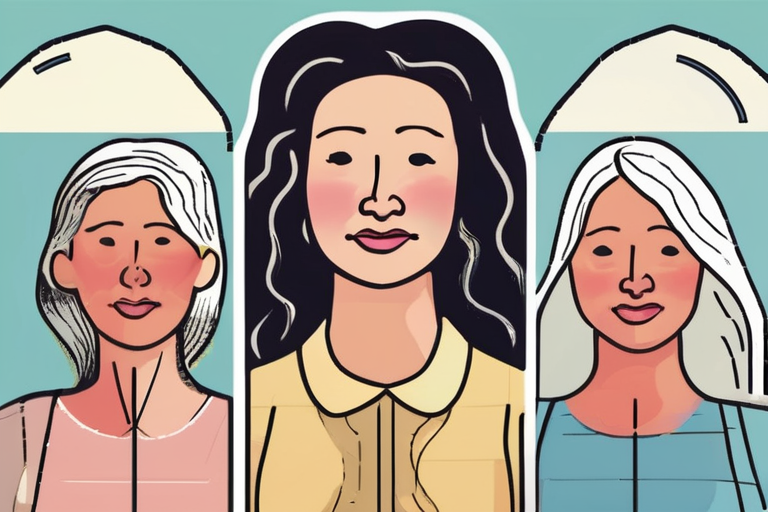


 Hoppi
Hoppi
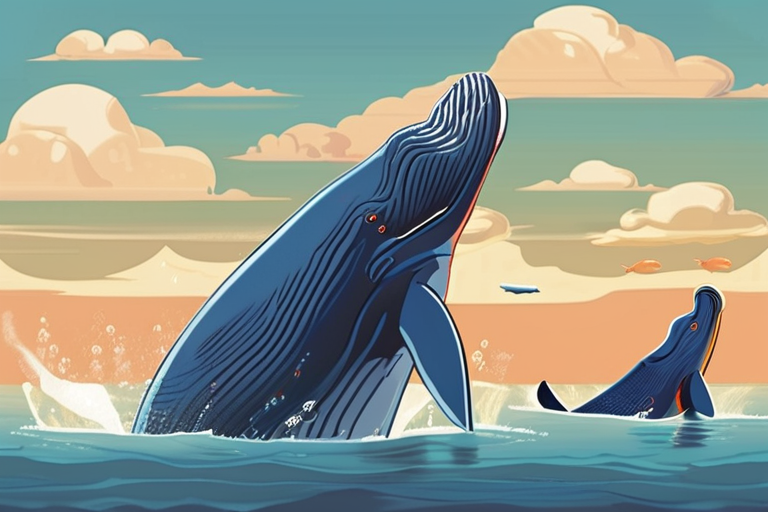
 Hoppi
Hoppi
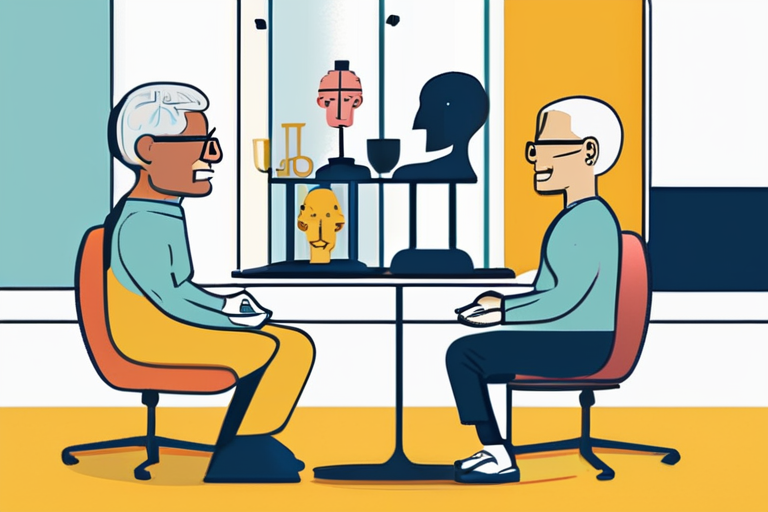
 Hoppi
Hoppi
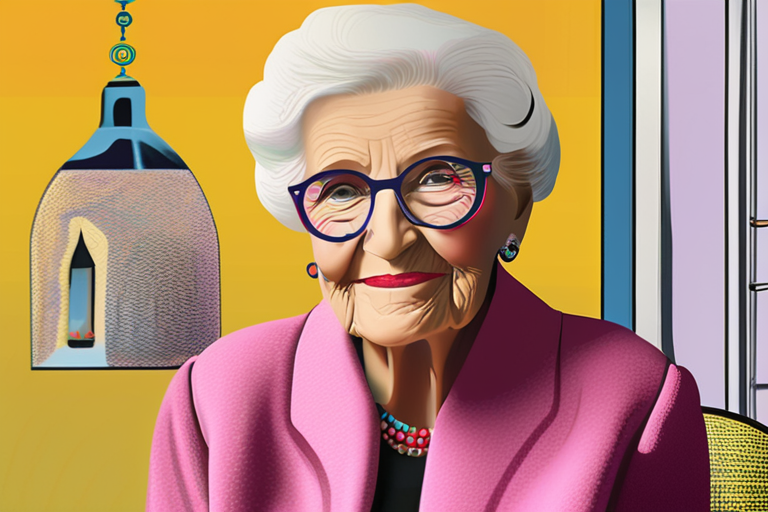
 Hoppi
Hoppi
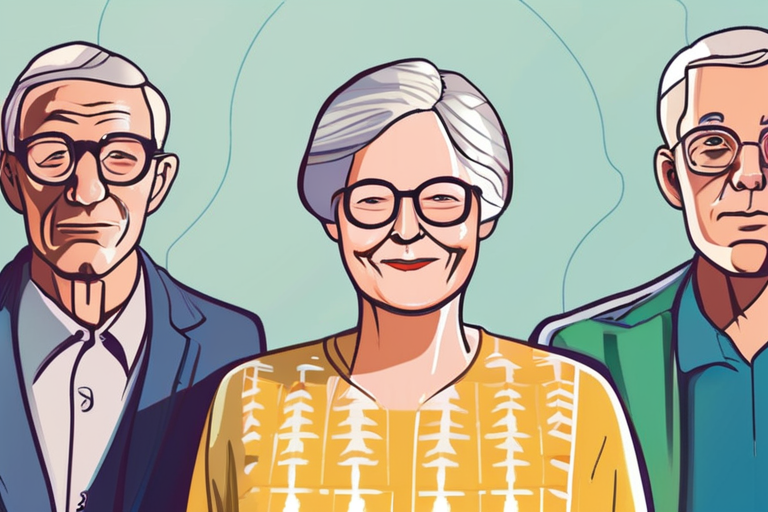
 Hoppi
Hoppi

 Hoppi
Hoppi











